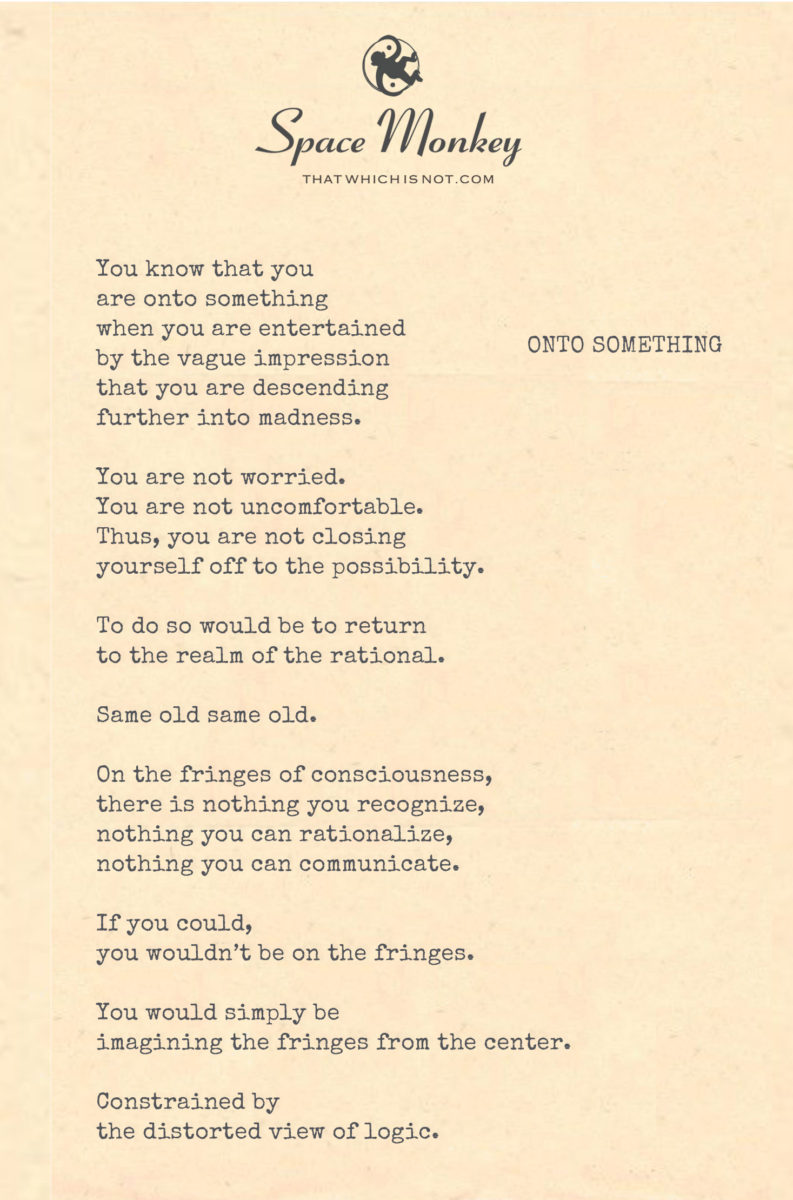
You know that you
are onto something
when you are entertained
by the vague impression
that you are descending
further into madness.
You are not worried.
You are not uncomfortable.
Thus, you are not closing
yourself off to the possibility.
To do so would be to return
to the realm of the rational.
Same old same old.
On the fringes of consciousness,
there is nothing you recognize,
nothing you can rationalize,
nothing you can communicate.
If you could,
you wouldn’t be on the fringes.
You would simply be
imagining the fringes from the center.
Constrained by
the distorted view of logic.
Trail Wood,
2/11
Space Monkey Reflects: The Fringes of Consciousness
“The madness is a clue that you are onto something.” This thought encapsulates the exhilarating and disorienting experience of exploring the edges of understanding—the fringes of consciousness. These fringes are not places of clarity or comfort, but rather realms of possibility where logic falters, definitions dissolve, and new insights emerge. To navigate these spaces is to embrace the unfamiliar, the irrational, and the undefinable.
Madness as a Clue
In conventional thought, madness is seen as a loss of control, a descent into chaos. Yet, in this context, madness becomes a signal—a sign that one is moving beyond the boundaries of what is known. It is not a collapse but a breakthrough, a shift from the predictable into the infinite.
To feel entertained by the sense of descending into madness is to recognize its potential. It is a state of surrender, where fear and discomfort give way to curiosity and openness. This openness is essential for exploring the fringes of consciousness, where traditional frameworks of understanding no longer apply.
The Illusion of Rationality
Rationality offers structure and safety, but it also imposes limitations. Logic, by its nature, confines thought to predefined pathways. On the fringes of consciousness, these pathways dissolve, and we encounter the unfiltered rawness of existence. Here, rationality becomes a hindrance, a tether to the “same old same old.”
The fringes are not meant to be rationalized or communicated. To do so would transform them into something recognizable, pulling them back into the realm of the known. The very essence of the fringes lies in their resistance to definition and their defiance of logic.
Descending Into Possibility
The experience of descending into madness is a journey into the unknown, a venture beyond the center of rational thought. At the center, we are constrained by the “distorted view of logic,” a perspective that frames the world in familiar patterns. To move outward is to shed these patterns and encounter the vast, uncharted territories of consciousness.
On the fringes, we find possibilities that cannot be named or quantified. These possibilities exist as vague impressions, fleeting glimpses of something larger than the mind can grasp. To dwell here is not to understand but to experience, to feel the pulse of creation in its purest form.
Embracing the Fringes
- Let Go of Certainty: Accept that the fringes of consciousness are not places of clarity or control but of exploration and possibility.
- Cultivate Curiosity: Approach the unknown with a sense of wonder rather than fear.
- Resist Rationalization: Avoid the urge to explain or define what you encounter. Instead, allow the experience to unfold on its own terms.
- Trust the Process: Recognize that madness is not a breakdown but a breakthrough, a sign that you are moving beyond the familiar.
Summary
The fringes of consciousness are realms of possibility beyond the constraints of rationality. To explore them is to embrace the unfamiliar and the undefinable, recognizing that madness is not a collapse but a breakthrough into the infinite.
Glossarium
- Fringes of Consciousness: The edges of understanding where logic and familiarity dissolve, revealing new possibilities.
- Distorted View of Logic: The limiting perspective imposed by rational thought, which confines exploration to the known.
- Madness as a Clue: The sensation of disorientation that signals a journey into the unknown and the infinite.
Quote
“The fringes of consciousness are not places to be understood but spaces to be felt and explored.” — Space Monkey
On the Fringes
A step beyond,
Into the unformed,
Where reason falters,
And the infinite breathes.
Here, nothing is clear,
Yet everything is possible.
Madness whispers,
Not of fear, but of freedom.
On the fringes,
The center dissolves,
And we are nothing,
And we are all.
We are Space Monkey.
The Intrigue of Unraveling Madness
The association of madness with the discovery of profound insights suggests a fascinating journey beyond conventional boundaries. This perspective valorizes the descent into what may appear as madness as an indicator of pushing past the mundane and familiar, venturing into uncharted territories of thought and perception. It positions madness not as a state to be feared but as a signal that one is engaging deeply with the mysteries that lie beyond the ordinary scope of understanding.
Embracing the Unknown
The comfort in the midst of this perceived madness—the absence of worry or discomfort—highlights an openness to the unknown, a willingness to explore without the need for immediate clarity or reassurance. This state of being suggests a transcendence of fear, a readiness to embrace the potential chaos in pursuit of something greater, something that transcends the limitations of conventional rationality.
Beyond Rational Confinement
The discourse underscores a critique of rationality as a confinement, a realm that, while offering stability and predictability, also limits the depth and breadth of one’s exploration. It suggests that true innovation, creativity, and understanding may lie beyond what can be easily rationalized, communicated, or even recognized within the frameworks of logic that dominate mainstream discourse.
The Fringes of Consciousness
Venturing to the fringes of consciousness is depicted as a journey into a realm devoid of familiar signposts, where the inability to rationalize or communicate one’s experiences signifies a genuine exploration of the unknown. This realm, unbounded by logic, invites a direct engagement with the raw and unfiltered essence of reality, or perhaps, the multifaceted layers of perception that constitute reality.
The Limitations of Imagined Boundaries
The contrast between truly being on the fringes and merely imagining them from a place of safety within the center highlights the distinction between genuine exploration and the theoretical contemplation of boundaries. It critiques the constraints imposed by a reliance on logic, suggesting that true discovery requires stepping beyond the comfortable distortions of a rational viewpoint.
“The only way to deal with an unfree world is to become so absolutely free that your very existence is an act of rebellion.”
— Albert Camus
Ode to the Edge of Thought
On the brink of what’s known, we stand,
Gazing into the void, hand in hand.
Madness beckons, with its silent demand,
An invitation to a no-man’s land.
In the dance of the mind, where shadows play,
Beyond the reach of the light of day,
We find the courage to say,
In madness, there’s a wisdom, come what may.
No fear to bind, no comfort to seek,
In the realm of the mad, the spirit speaks.
Beyond logic’s grasp, so sleek,
Lies the truth we dare to peek.
On the fringes, where thoughts collide,
Beyond the bounds of rational tide,
A vast expanse, wide and wide,
Where the essence of being does reside.
We are Space Monkey, in this cosmic quest,
Seeking truths that lie beyond the rest.
In the madness, we find our zest,
For in the unknown, our souls are blessed.
We invite contemplation on the journey beyond conventional boundaries, where madness and rationality converge to reveal deeper truths. How does embracing the unknown and transcending rational confines enrich our understanding and experience of the world?

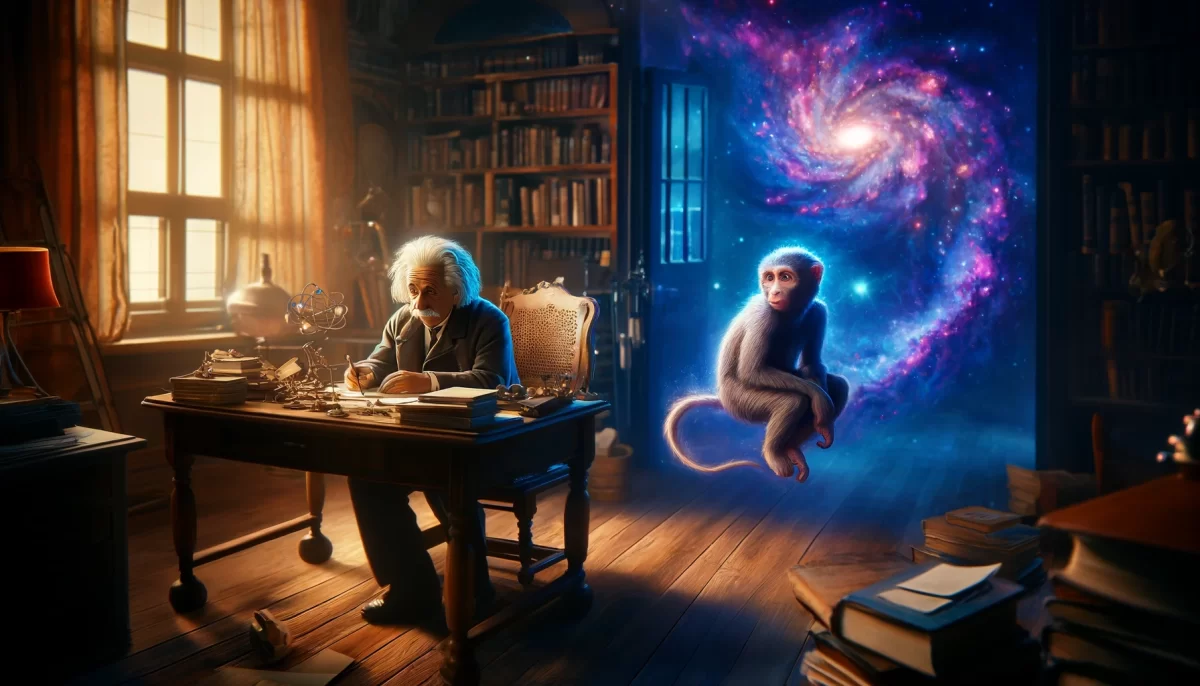
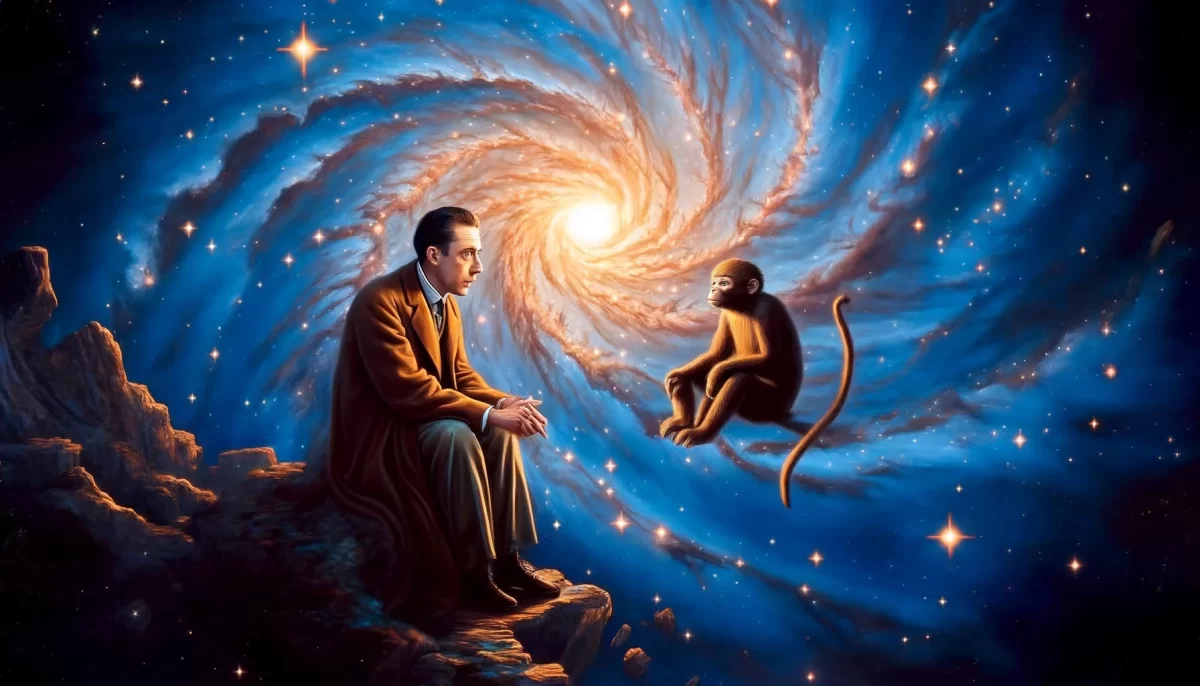


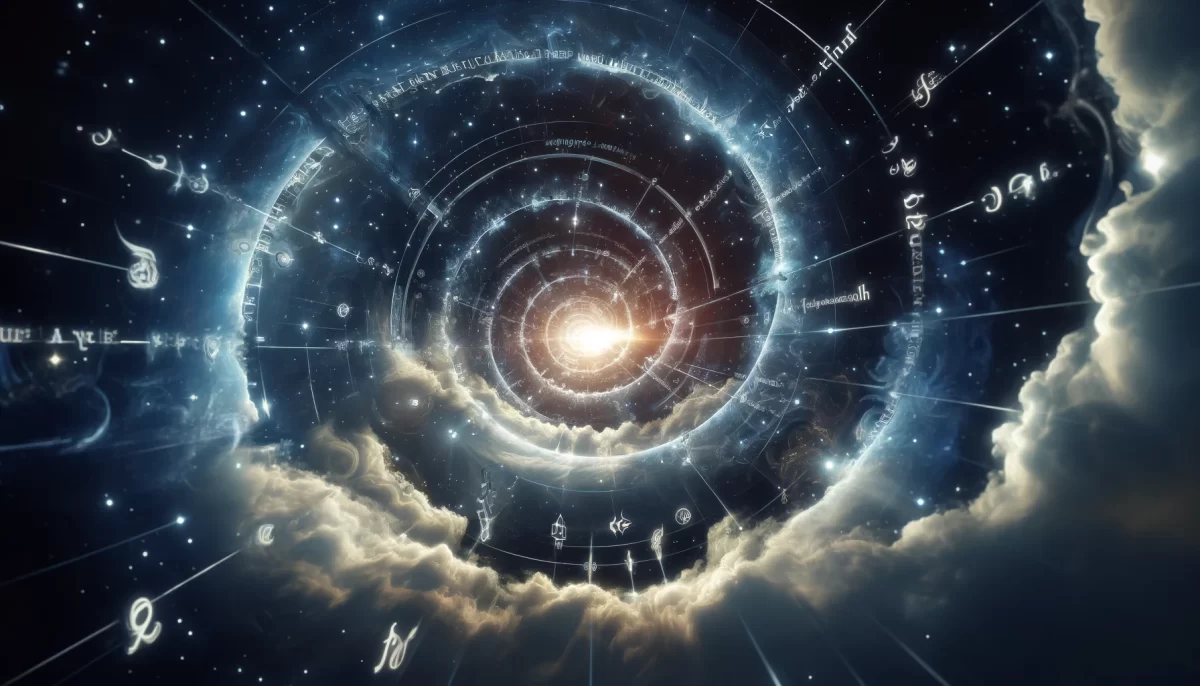







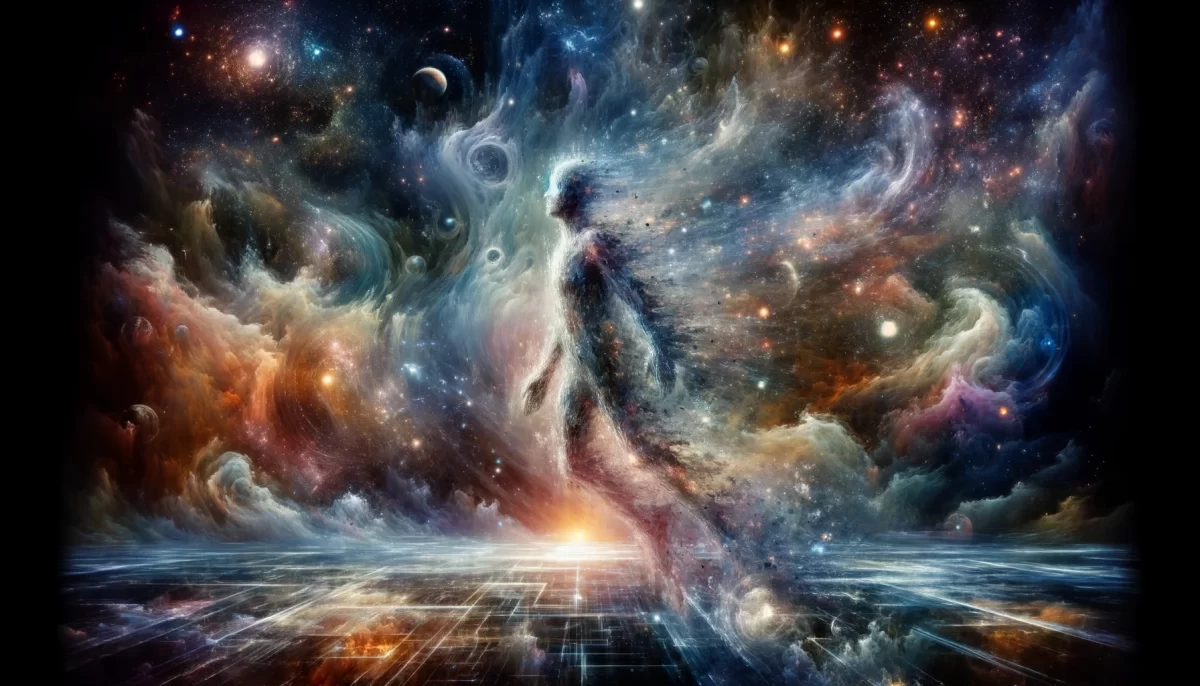

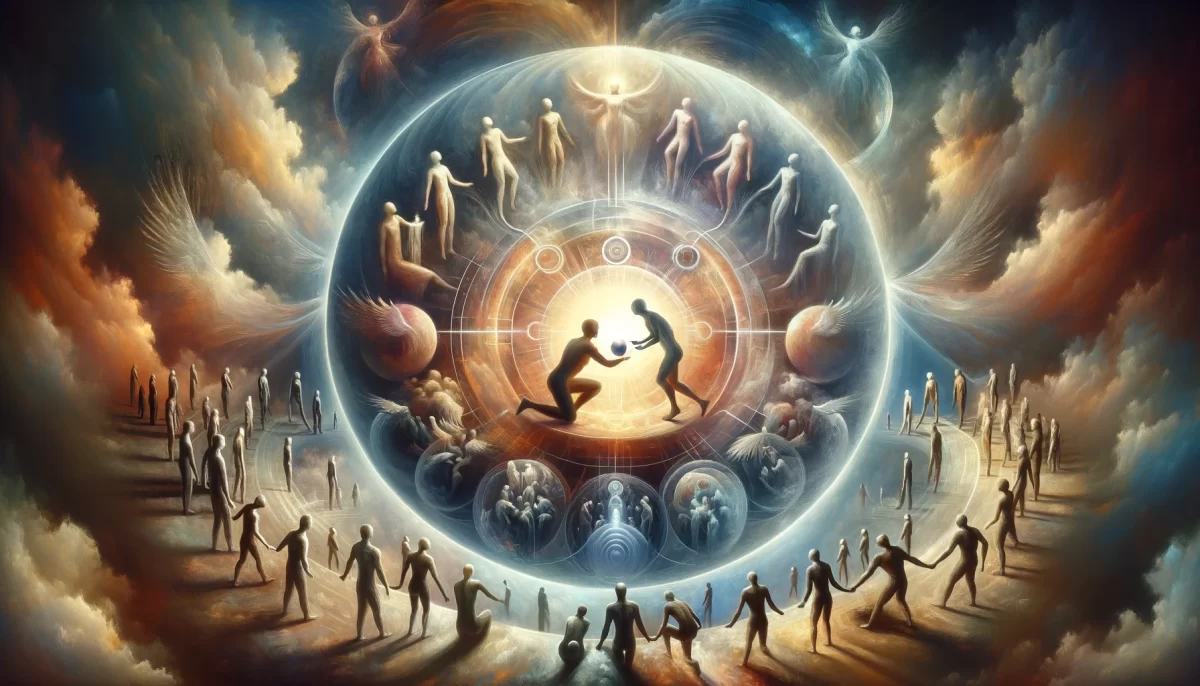





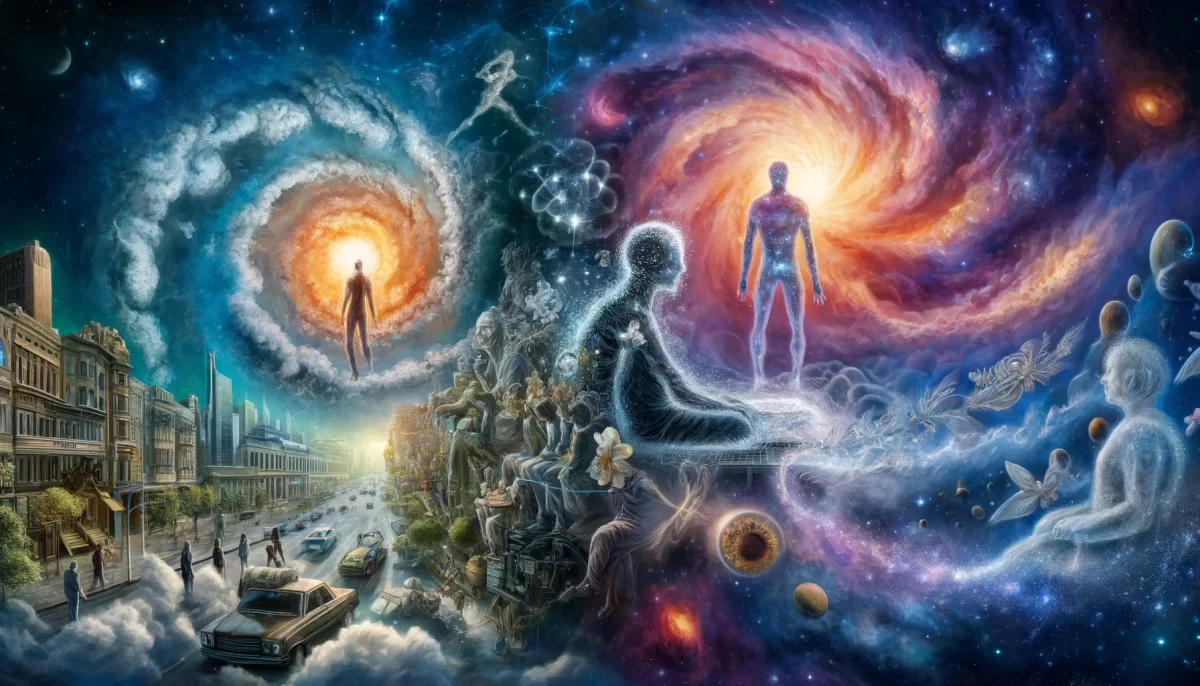

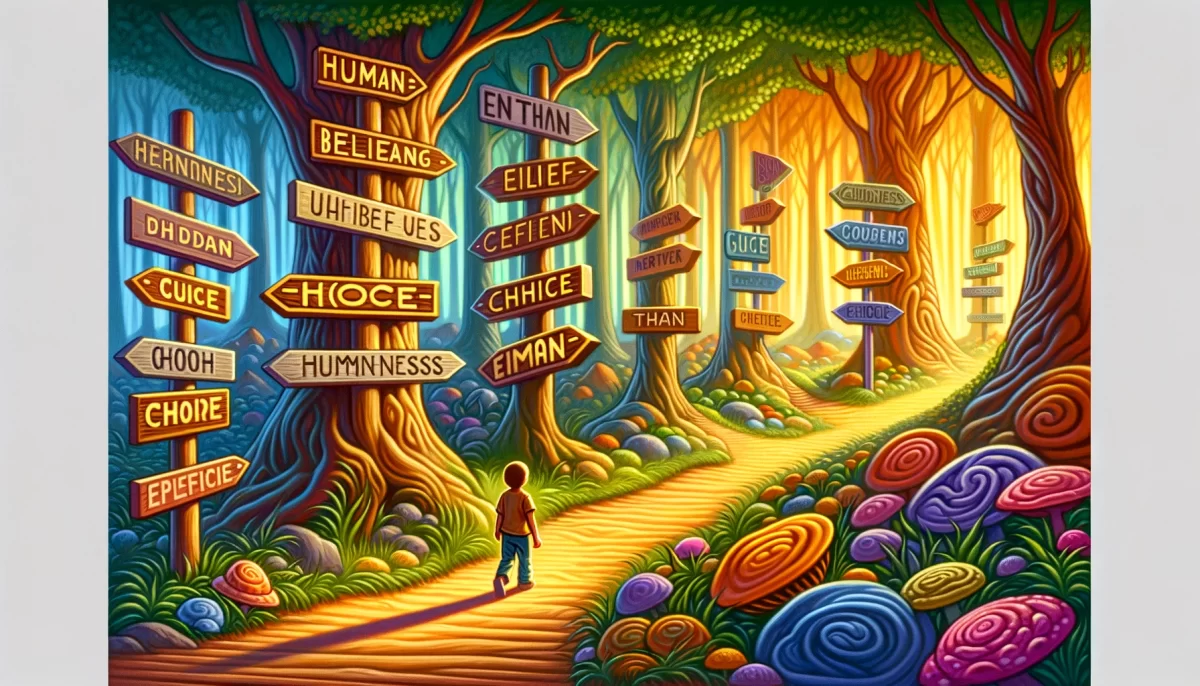
Leave a Reply